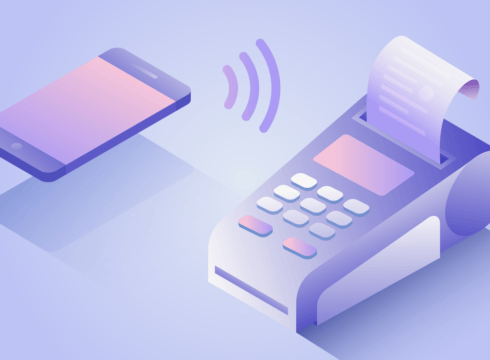Google Pay is reportedly targeting customers of offline grocery stores
With Pine Labs, Google Pay will expand its presence to 3K towns in India
Digital payments in India are expected to reach $700 Bn by the year 2022
Inc42 Daily Brief
Stay Ahead With Daily News & Analysis on India’s Tech & Startup Economy
The India office of the technology major Google has collaborated with Pine Labs, a popular retail software and hardware maker to work on enabling offline transactions on Google Pay through Pine Labs’ Unified Payments Interface (UPI)-based digital payments product.
This is the subsequent bet made by Google Pay to capture the offline payments space in India. Earlier this month, Google Pay piloted a project to offer payment alternatives to customers of offline grocery stores in India, locally known as the Kirana stores.
While the homegrown digital payment platform Paytm was the first to assess the potential of offline payment space, Flipkart-owned PhonePe, and Google Pay are also keen on entering the space. Post-demonetisation in 2016, Paytm’s QR codes have become a common sight in local stores across the country.
Access To Over 3K Towns In India
Pine Labs’ platform is used by merchants across diverse sectors including electronics, food & beverage, fashion, pharmacy, telecom and airlines. The platform enables online and offline last-mile retail transaction for over 100 brands.
With this collaboration, Google will have access to over 330K point-of-sale terminals spread across more than 3K towns in India.
Founded in 1998, Pine Labs is incorporated in Singapore and has its largest operations in India. Pine Labs’ offerings are used by 100K merchants in 3,700 cities and towns across India and Malaysia. Its investors include Sequoia India, PayPal, Temasek, Actis Capital, Altimeter Capital, Madison India Capital and Sofina.
Vicky Bindra, CEO of Pine Labs said, “Last year, over 100 Mn customers bought products and services from our merchant network. With Google Pay, we expect to reach many new groups of customers across the country.”
Google Pay Eyes Digital Payments Market
Google had launched Google Pay (formerly Google Tez) in 2017 as a payments and commerce app to facilitate both online and offline payments. The application works on top of the customer’s contact list and thus overrides the need to add people as beneficiaries or use bank account numbers. The app has been gaining popularity among users by offering cashback/rewards on every transaction. The company has also partnered with popular online brands such as Swiggy, Niki.ai, Ola and Yatra. In addition to this, Google Pay has also formed a collaboration with IRCTC which enables it users to manage their train tickets at a zero transaction fees.
According to recent reports, Google Pay’s monthly user base has grown from 14 Mn in March 2018 to 45 Mn this month (March 2019), the growth is attributed to the rise in UPI transactions in India. As per National Payments Corporation of India (NPCI) data, UPI transactions volume has hit an all-time high of 674.19 Mn in February 2019.
Google Pay is one of the dominant players in the online payments space in India with total transactions worth reaching $81 Bn in March 2019. The company competes closely with Paytm and PhonePe. As of January 2019, both PhonePe and Google Pay clocked nearly 220 Mn transactions each, while Paytm lead the race with 221 Mn transactions.
An Orbis Research study of Digital Payment Systems Market in India said that the Indian digital payments industry is predicted to reach $700 Bn by the year 2022, in terms of value of transactions. Further the study predicted that over 80% of urban India will adopt digital payments as an integral part of their daily lives by 2022, and retail shops will also see an increased adoption rate of 70%.
{{#name}}{{name}}{{/name}}{{^name}}-{{/name}}
{{#description}}{{description}}...{{/description}}{{^description}}-{{/description}}
Note: We at Inc42 take our ethics very seriously. More information about it can be found here.


